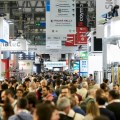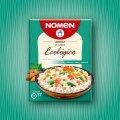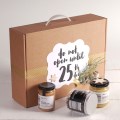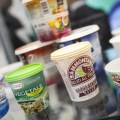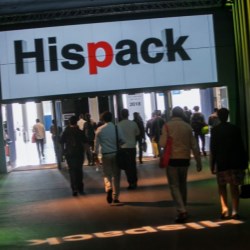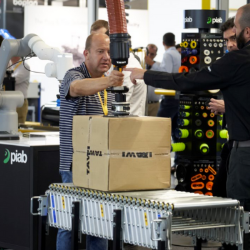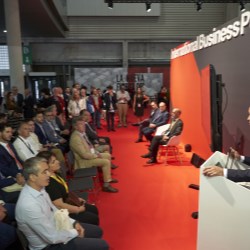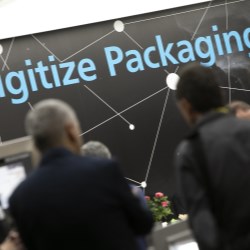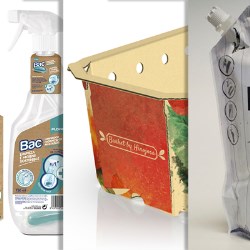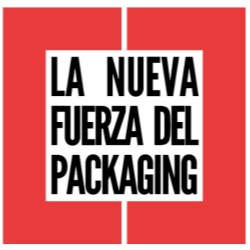If this is your company, CONTACT US to activate Packbase™ software to build your portal.


According to the most recent survey by consultancy firm Smithers Pira and Procarton, 96% of brands believe that sustainability is an important aspect of their products, citing the use of recyclable, renewable, lightweight materials with the minimum environmental footprint as decisive factors in their choice of packaging. However, these criteria may well clash with the priorities of certain high-end products that need to really stand out on the shelves of retail establishments. Yet premium and sustainable are not necessarily incompatible concepts.
Premium products need great positioning and visibility in a retail situation which sometimes entails the use of bigger and more eye-catching packaging. Can this be compatible with sustainability? ‘The truth is that the high-end product sector is very actively involved in designing sustainable packaging, but there is still some way to go in terms of getting the message across,' notes the expert in packaging and eco-design at Ecoembes, María Pérez.
The figures back up this claim by the organisation, as according to its "Assessment of Environmental Messages", 72% of consumers have no idea that companies invest in improving the sustainability of their packaging. And this is not because it's irrelevant to buyers; the same survey indicates that 90% of the general public would be interested in learning about new eco-friendly features of the packaging of the products they buy.
So why don't premium companies advertise their efforts to be more sustainable through their packaging solutions? The first reason is that for this type of product, image and design come first, both of which are key to standing out in-store. Pérez mentions a second reason which is more closely associated with the quality standards of these brands. ‘To take the step of using marketing to broadcast a sustainable message, this type of company has to be very firmly convinced that what it says is 100% backed by fact.' The representative of Ecoembes claims that, in fact, many brands do have certification for the use of recyclable materials which they don't always include in the final packaging.
The fusion of product and packaging
PThe fact that it's not mentioned doesn't necessarily mean that the company doesn't work on sustainability. Cosmetics and perfumery are two of the sectors most strongly associated with premium products, and in the last few years they have been among the industries that have invested the most in the use of natural, healthy products. ‘In the same way that these firms are eliminating synthetic elements when producing their content, they are also getting rid of the plastic and chemical components of the packaging,' says Pérez.
Manufacturers of hair care products are a prime example of where the industry is heading. ‘Many years ago they stopped using sulphates and chemical compounds in their products and in the same way they are now implementing a dual strategy in the design of their packaging: the inclusion of recycled materials and smaller and more lightweight containers.' In short, more natural products and simpler and more sustainable packaging./p>
Some of the materials most widely used at the moment for premium packaging are paper, cardboard and recycled wood. But it's not just about the material. The point-of-purchase displays we see in perfumeries for special product promotions are being designed to be more resistant with a view to their reuse. In addition, brands are investing in the use of paper and wood with FSC Chain of Custody certification which traces the path of the raw material from the forest through to the point of purchase, thus guaranteeing the use of materials from forestry areas managed in accordance with environmental, social and economic criteria.
The circular economy and premium goods
Sustainability in premium products goes much further than just using the right materials and making the packaging smaller. There are some exemplary cases in the perfumery sector of how to apply the circular economy in industry. Two examples of this are Clarins and Hermes, which have popularised the use of rechargeable bottles. ‘The container is glass, which is the best material for recycling, but they have come up with a formula for getting the customer to bring the same bottle back to the shop to be refilled. So you're just buying the perfume and using the bottle several times,' says Pérez.
The same system has been used by firms that sell body milk and soap, for example, which have also implemented sustainability criteria in their refills which come in single-use polyethylene bags. This formula, apart from being sustainable, also promotes customer loyalty.
The Hispack challenge
Hispack 2018 will have a dedicated Premium Pack area for the suppliers of materials, finishes and packaging for high-end luxury products, especially in the gourmet food and beverage, cosmetics, perfumery and pharmaceutical sectors. This is where you'll find material suppliers, manufacturers of specialised packaging for premium products, design studios, and printing and finishing companies, amongst others. This space will include a programme of talks on the latest trends, success stories and new solutions, with a particular emphasis on the challenge of sustainability in the premium packaging segment.


